This post is the third (Part III) in a series called Orchestrating a New Musical. Today’s entry will be a discussion of the Wind Section of the musical theatre orchestra, and how to best employ our doubling aficionado friends.
The series includes:
- Part I: Setup and Instrumentation
- Part II: The Rhythm Section
- Part III: The Wind Section
- Part IV: The String Section
- Part V: Other Instruments
- Part VI: Putting It All Together
- Part VII: Logistics
What is the Wind Section?
Let’s begin by defining the wind section of a musical theatre orchestra. The musical theatre wind section (for our purposes) encompasses both woodwind and brass instruments; while there is traditionally a distinction between these two sections, I have chosen to consolidate my writing on each into one entry. The woodwind players in our orchestra may be called upon to provide color in the form of clarinets, flutes, saxophones, and double-reeds (oboes and bassoons), while the brass players pack trumpets, trombones, and horns.
It is worth taking a moment to mention woodwind doubling. A doubling player, as we discussed in our first part, plays multiple instruments. This is most common amongst the woodwind members of our orchestra, who are regularly expected to perform with a laundry-list of instruments. When writing for a player with more than one instrument, always be wary of transition time between passages on different instruments. Extraordinary circumstances may result in the need for a clarinet in measure 103 and a saxophone in measure 105, but it is to your benefit to avoid such a compromising situation for the instrumentalist. These transitions, though occasionally achievable, are often simply impossible, and scrubbing their occurrences from your score will save you time and political capital in the rehearsal room.
The wind section can fulfill many purposes in the pit orchestra. Flutes and double-reeds bring necessary vibrancy, while saxophones, trumpets, and trombones together comprise the classic jazz big band. Horns, while not suitable for every score, can make a melody swell, and clarinets often ‘glue’ the texture of a piece together. Because this versatile section is comprised of such a broad selection of instruments, I will be foregoing a delve into each individual instrument and instead approach the topic by highlighting strategies for orchestrating with the wind section. As this series seeks to discuss orchestration specifically as it relates to new musicals, I place the burden upon the reader to discover the specific mechanics of each wind instrument. Once you feel comfortable with the ranges, playing techniques, and timbres of the wind instruments, return here to continue our exploration of the wind section in the score of a new musical.
The Wind Section as Color
I will begin our tour by examining the musical theatre wind section as color. I use ‘color’ as a placeholder for counterpoint, fills, and other woodwind passages that fill the space around the melody of a tune. Below is “Show You To The World” from 2084.
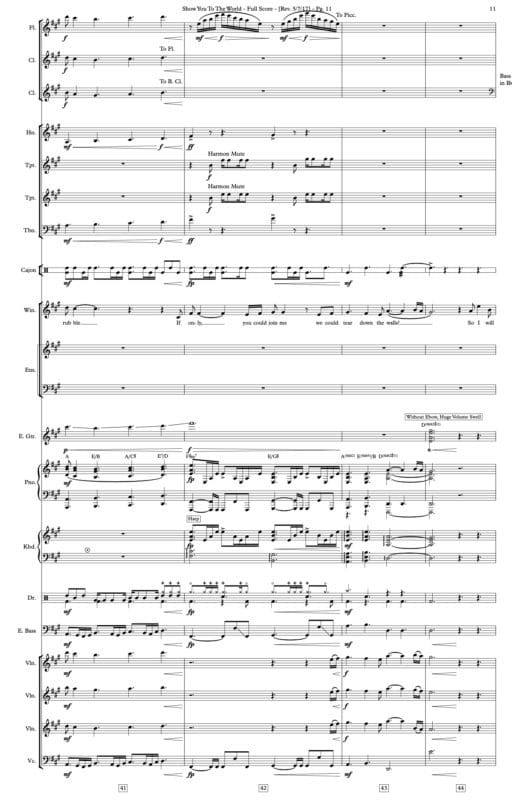
“Show You To The World” from 2084, Music and Lyrics by Travis Frank and Leonoor Rinke de Wit, Orchestrations by Travis Frank
This passage demonstrates a short example of the sort of color the winds can achieve. In bar 41, the winds lead the motif that fills the space left by the vocals. This sort of counterpoint is vitally served by the presence of the clarinets and horn, leading the charge in the swell of excitement. Here I chose to apply the wind section with both of its arms, brass and woodwind, to lend a general ‘wind’ sound without awkwardly placing an individual instrument at the height of the charge.
In bar 42, the vocal resumes, and the winds abandon their carefully coordinated line to three distinct shapes. The flute takes a showy fill, the horn and trombone a meaty stomp, and the trumpets a bright response to the melody. Each of these is an excellent example of creating color with the winds. Flurries of arpeggios in the flutes is nothing unusual, though always ensure you leave space for the flautist to breathe.
An aside to this particular gesture: growing or shrinking the coordination of a motif is an effective tool in the orchestrator’s belt. After the large coordination around the counterpoint in bar 41, an orchestrator can break up this cohesion to expand the sound of the orchestra at the expense of the strength of the line. This can be an effective way to transition out of a tutti moment and into a support role.
The Wind Section as a Jazz Band
The next stop on our tour is jazz. One of the wind section’s most iconic and beloved palettes, saxophones, trumpets, and trombones can bring a big band to life in the pit. Below is “Shut It Down” from 2084.
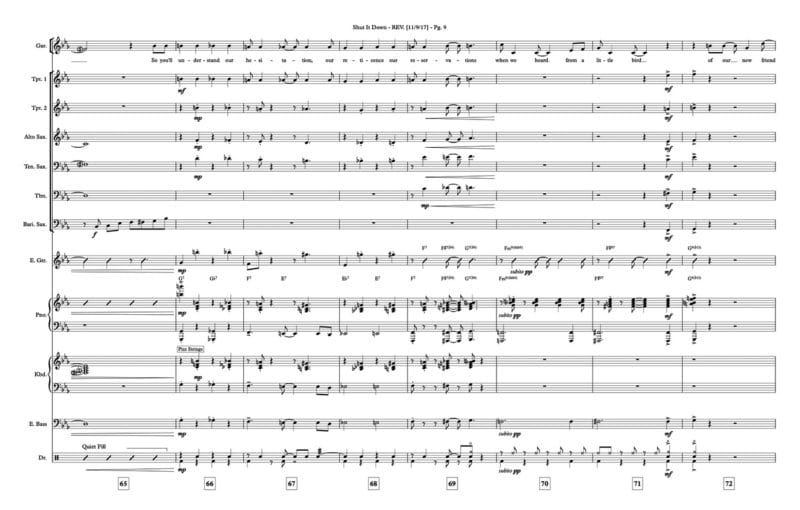
“Shut It Down” from 2084, Music and Lyrics by Travis Frank and Leonoor Rinke de Wit, Orchestrations by Travis Frank
This is a big swing tune hovering around 160 bpm. In this arrangement, our selection of winds acts as a roaring big band, with the full complement of three saxophones, two trumpets, and a trombone. Using this section, we can build voicings just as we would in a big band chart (albeit with fewer resources).
The first trumpet matches the melody for Bars 66 through 69, only rejoining the remainder of the winds for the final statement. This leaves a trio to join the rhythm effort, with a quartet ending the phrase in a close voicing. The punctuating stabs on bars 71 and 72 are a wide drop two and four voicing, utilizing every member of the winds.
For those with backgrounds in big band writing, these sorts of ideas are familiar- and they work just as wonderfully in musical theatre, even if you have fewer winds than you’d like. One of the most challenging aspects of this style is balancing the needs of your players. While it’s common wisdom to tell new orchestrators “don’t let your winds go too long without taking a breath,” that can be difficult to implement in big band writing with only six instruments (or as few as three!). To give my winds some rest, I rely on the rhythm section more than I would in a straight-ahead big band chart, deliberately writing out parts to help them support the winds.
The Wind Section as Texture
While the rhythm section is usually responsible for the core texture of a song, the musical theatre wind section can also perform in this role. Clarinets, in particular, can bind the texture of the piano and melodic instruments. Below is “Defying Gravity” from Wicked.
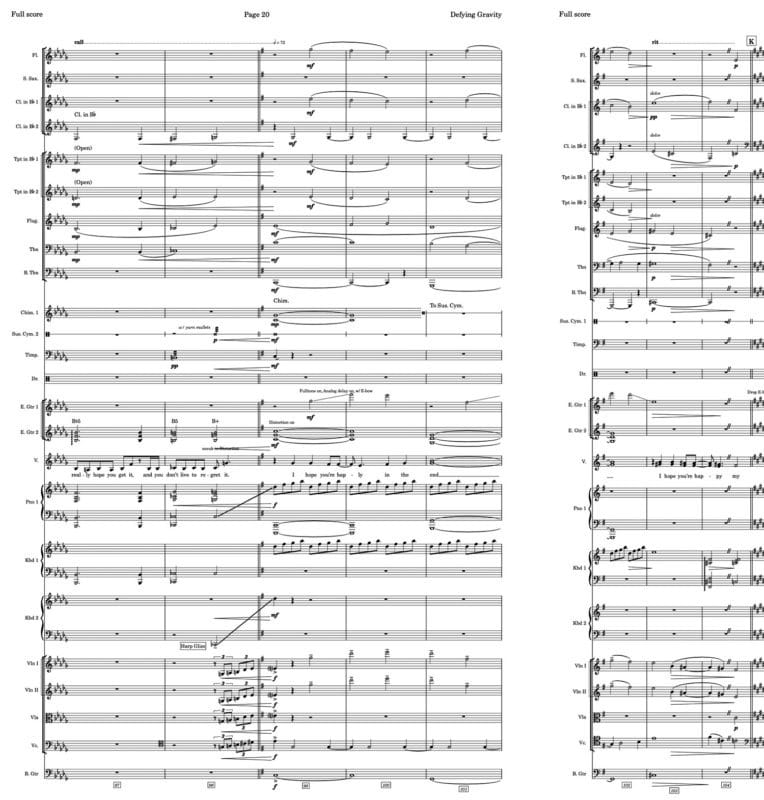
“Defying Gravity” from Wicked, Music and Lyrics by Stephen Schwartz, Orchestrations by William Brohn, Additional Orchestrations by Travis Frank
I wrote additional orchestrations for this arrangement of Brohn’s magnificent “Defying Gravity”; I did my best to stick faithfully to Brohn’s original orchestrations while respecting the limits and opportunities I had based on the forces I was allotted.
I selected this piece as an example of using the winds as a texture because it highlights how warm they can be. It is easy to think of brass as warriors and woodwinds as faeries, but the orchestrator must be careful to examine the full breadth of tone their players can offer them. In this example, the keys generate a light arpeggio to occupy interest, but the texture of the moment is mainly comprised of the winds, with their gentle, full embrace.
Note the repeated Gb in the 2nd clarinet. This sort of pulse is integral to the texture. It ground each of the disparate lines and forms a pleasing pad.
The trumpets and flute collaborate with the violins to bring the counterpoint to life, while the remaining winds form a pad of sound. This use of the winds can be very powerful in the right moment, as it provides a blank background with which to feature an instrument or motif.
Listening Guide
“Tonight” – West Side Story (The Original Movie Soundtrack)
Orchestrations by Sid Ramin; Music by Leonard Bernstein, Lyrics by Stephen Sondheim
- What instruments accompany the vocals in the first part of this song?
- How does this accompaniment grow and diminish throughout the piece? How many roles do the winds occupy in each section of the song?
“Turn It Off” – The Book of Mormon (Original Broadway Cast Recording)
Orchestrations by Larry Hochman and Stephen Oremus; Music & Lyrics by Robert Lopez, Trey Parker, and Matt Stone
- Does the character of the clarinet suit this tune? How does it contribute to the texture?
- Are the woodwinds or the brass more prominent? Why?
Looking for an orchestrator? Email theteam@musicalwriters.com to be connected with our music pros!

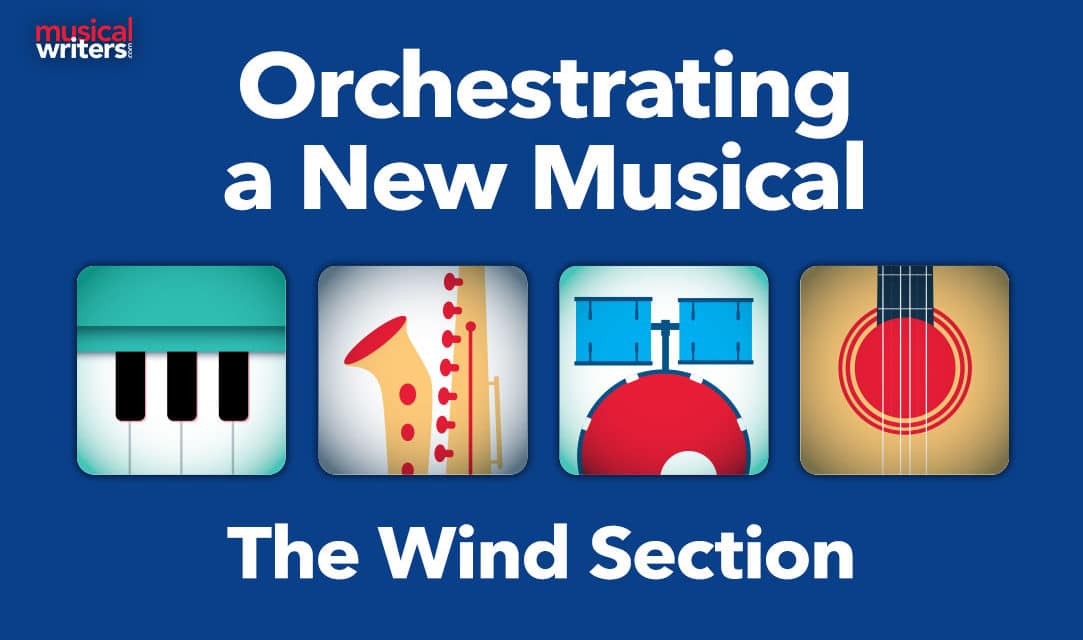

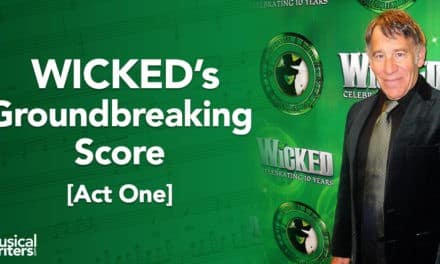

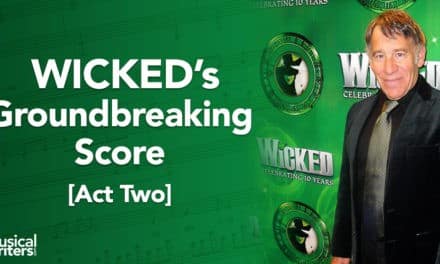








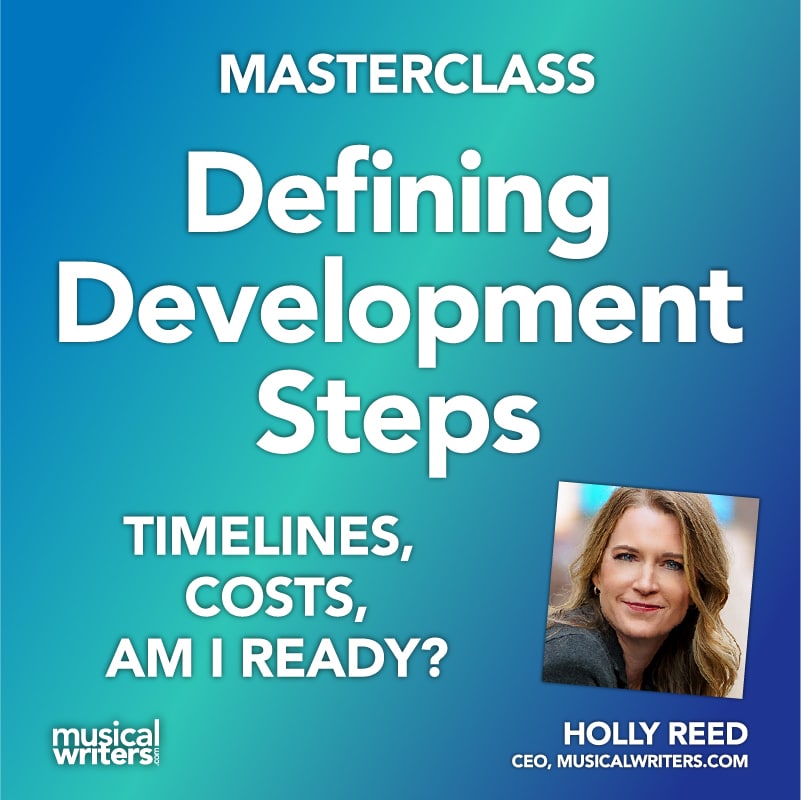


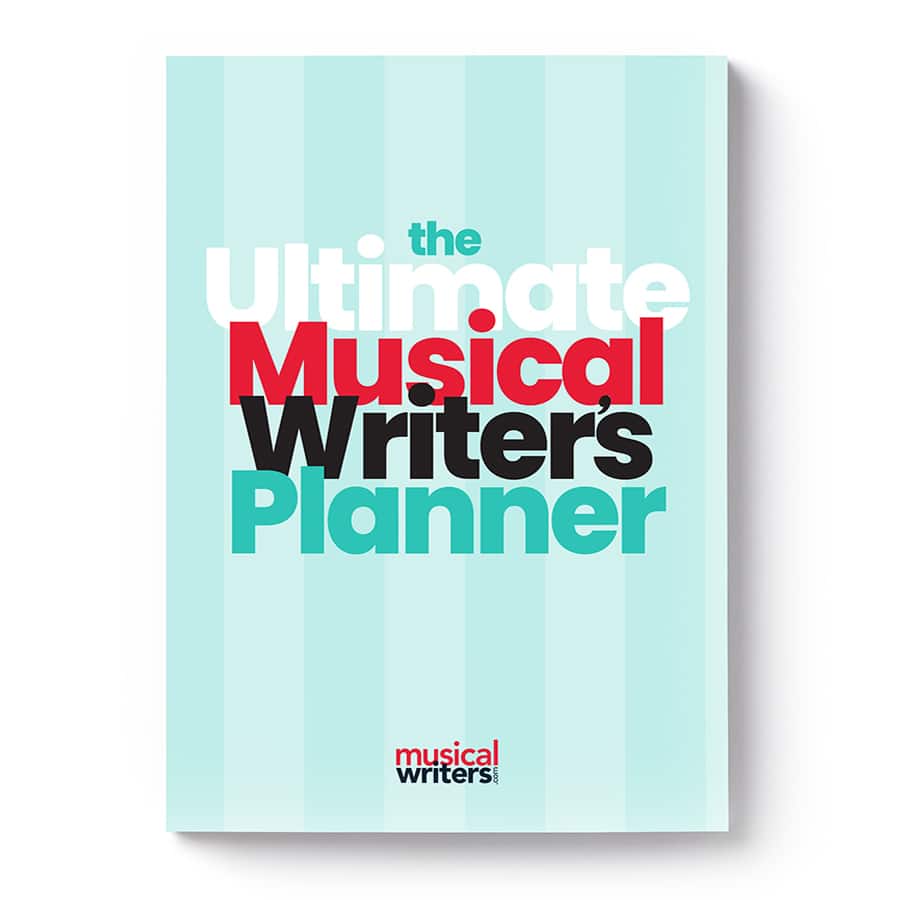

I’m still waiting on what to do with the strings… I’m so curious!